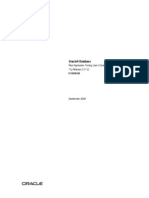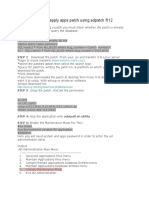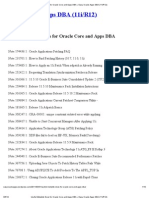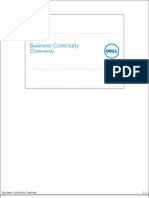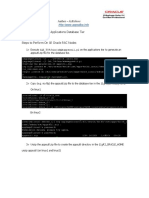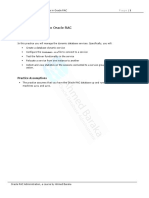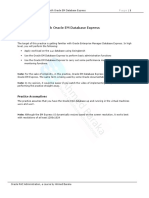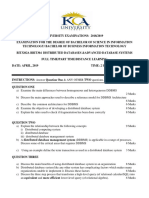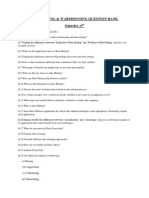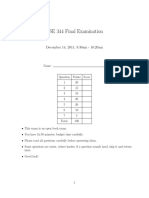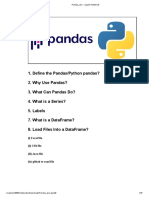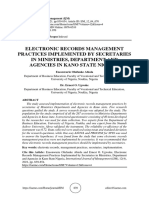0% found this document useful (0 votes)
78 views5 pages10 Practice 10 Using Application Continuity
1. This document demonstrates how Application Continuity allows a Java application to recover from an outage of a RAC instance.
2. It shows running the application without and then with Application Continuity enabled, and observing the different reactions when an instance crashes in each case.
3. With Application Continuity enabled, the application continues running normally when an instance crashes and the sessions migrate to the other instance, providing high availability.
Uploaded by
Abdo MohamedCopyright
© © All Rights Reserved
We take content rights seriously. If you suspect this is your content, claim it here.
Available Formats
Download as PDF, TXT or read online on Scribd
0% found this document useful (0 votes)
78 views5 pages10 Practice 10 Using Application Continuity
1. This document demonstrates how Application Continuity allows a Java application to recover from an outage of a RAC instance.
2. It shows running the application without and then with Application Continuity enabled, and observing the different reactions when an instance crashes in each case.
3. With Application Continuity enabled, the application continues running normally when an instance crashes and the sessions migrate to the other instance, providing high availability.
Uploaded by
Abdo MohamedCopyright
© © All Rights Reserved
We take content rights seriously. If you suspect this is your content, claim it here.
Available Formats
Download as PDF, TXT or read online on Scribd
/ 5




